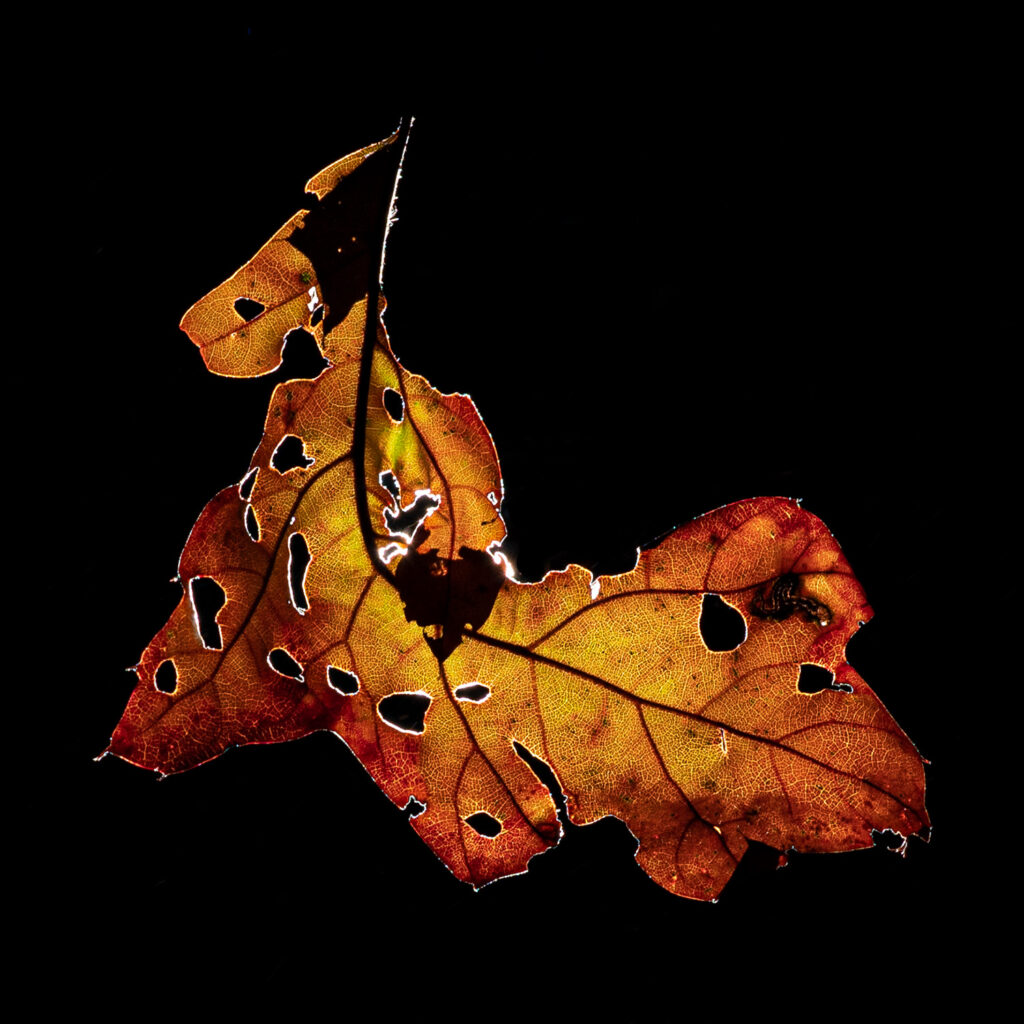“This month taxes the walker’s resources more than any. For my part, I should sooner think of going into quarters in November than in winter … It is but a short time, these afternoons, before the night cometh, in which no man can walk. If you delay to start until three o’clock, there will be hardly time left. … November Eat-heart,—is that the name of it? Not only the fingers cease to do their office, but there is often benumbing of the faculties generally. You can hardly screw up your courage to take a walk when all is thus tightly locked or frozen up and so little is to be seen in the field or wood.”
–Henry David Thoreau, Journal (November 25, 1857)
Season vs. Seasons
Thoreau got one thing miserably wrong; there is much to be seen in the field or wood in November and he clearly knew that. November 25, 1857 must have been a particularly rough day. He was clearly feeling an autumnal depression of sorts, similar to my own feelings this year. While in the midst of a project to sample leaves and image their colors every few weeks for a growing season, the time has now been reached when the leaves have died and fallen, or fallen and died. Having followed each of 37 trees from winter’s slumber, to spring’s bud break, through assaults by hungry critters of various sorts and the energy creation of photosynthesis, and into the colorful fall, it was particularly wrenching to see the leaves depart for the upcoming winter. I know new leaves will return next year, but that will be a different family. My family is gone, departed, and their season is over. Munsell Trees: A Season of Leaves and Colors is one of the working titles for the project. My daughters quickly suggested that it should be “Seasons” instead of “A Season”. Of course, the entire growing season, or cycle of a year, is the subject of the project and they are correct that it covers four seasons (aka divisions of the year recognized by Earth’s position relative to the Sun), but it is still just one season of the leaves. What to do?

Following the Trees
The tree tracking began by identifying and following trees in 2020. They were visited regularly and a final “rota” of 37 trees (involving five miles of hiking) of 37 different species was selected to track for the 2021 growing season. They were first visited in March to look for buds and baby leaves that would be large enough to photograph. The leaves started arriving in April and all the trees had joined the party by June. In August, the chlorophyll began to fade in some and the parade of autumn colors began. This ebbed and flowed through November with a few holding on to living leaves well past the first freeze to the beginning of December. That’s when it hit me that I was sad. I had developed feelings for these trees and leaves and their slumber/death hit me much like the loss of a loved one. There was a real sadness, bordering on depression that the season was over.
The End of Leaves is Melancholy
Of course, only the leaves were departing. Despite tough years for some of them, none of the trees died in 2021 and they are all fully expected to return in 2022 with a fresh crop of leaves, only to repeat that cycle. That sparks some joy to get through the rest of the autumn and winter months but its is amazing the depths of feelings for trees that can be developed by visiting them regularly for an extended period. I have always loved trees and felt pain to see one have to die or be removed, but this is a whole new level. The only indignity I feel is that it took more than half a century of living with them to take the time to let them fully introduce themselves. As science is telling us more and more, they are indeed sentient and communicating life forms even if they do it all in a way that is alien to most mammals. The image of my Black Oak friend’s leaf from December 1 tells the story. The leaf is dead on the extremities, but still has a small patch of chlorophyll that was working with the waning sun to give the tree some last drops of energy for next spring.
Next up; ???